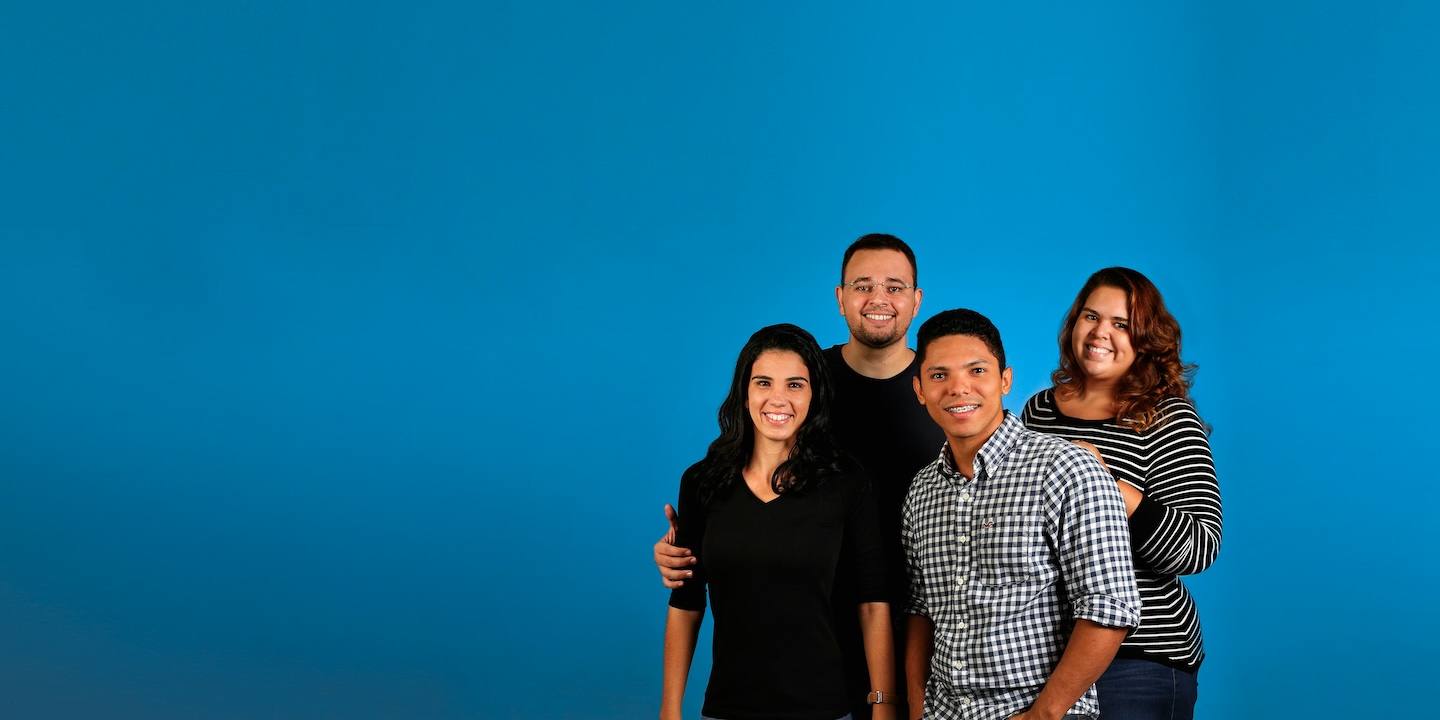
Could you be happier at work?
Take our quiz and find out! It takes just five minutes and you'll get a data-packed report afterwards.
The Happiness Champion Model
Using a champion or committee model to improve happiness at work can be incredibly powerful. It's particularly useful in medium to large organizations, but any organization that's identified a need to build and sustain momentum for their happiness initiative can benefit from having a group of people to champion it.

A typical Champion Model involves 5-20 employees meeting regularly to discuss the organization or team's Friday Pulse results and taking action. It works best if employees are given the chance to volunteer to be in the group because of their interest in happiness at work. And you should aim to make your group multi-disciplinary, so that people come from different teams and functions, and represent different perspectives and levels of hierarchy in your organization or team.
Happiness Champions become facilitators of organizational happiness. The sorts of activities Champions can get involved with include:
- Encouraging Friday Pulse participation
- Introducing new staff to the benefits of thinking about happiness at work
- Listening (the active, compassionate kind) to colleagues
- Organizing and faciliating conversations around Ideas shared in Friday Pulse
- Making connections between different employee experiences
- Placing emotional intelligence into the right decision-making arenas, without identifying those who might feel exposed by disclosure
- Linking people who are grappling with similar problems or have complimentary ideas
- Communicating positive stories loudly and frequently
- Becoming an intermediary and occasionally an advocate
Many of the organizations who use this model rotate champions to make the role do-able. The transition of people into and out of the group is staggered, so champions can transfer knowledge to one another and the group's growing expertise is not lost. In the strongest Champion Models, meeting time is created at the Board Level for Champions to report on key improvements and challenges to decision-makers with a company-wide remit.